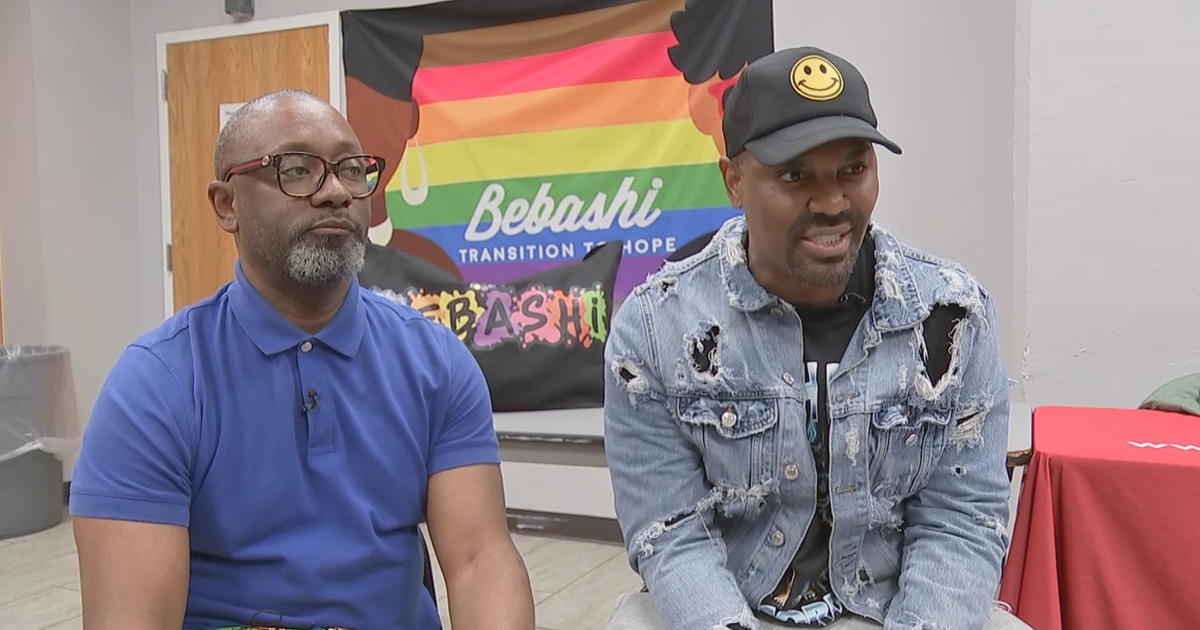Health: Food Dyes & Your Health
By Stephanie Stahl
PHILADELPHIA (CBS) -- Americans are consuming more food dye than ever; it's in a lot of things you'd never suspect. Federal health officials say it's not dangerous to most people, but many are still worried. 3 On Your Side Health Reporter Stephanie Stahl has the lowdown on dye.
Pickles, toothpaste, crackers--they're some surprising places you could find artificial food dye. It's sometimes even sprayed on fresh fruit, to sharpen the color.
"I didn't know that," said Mondi Garrison, of Philadelphia.
"It's very scary," said Debbi Wehrmann, of Philadelphia.
Food manufacturers in the United States can use nine dyes in all. Red 40, Yellow 5 and Yellow 6 make up 90 percent of the market, and cause the most concern.
"They're really ubiquitous in this food supply we've created," said Dr. David Wallinga, with the Institute for Agriculture and Trade Policy.
He believes the science is there for people to be concerned about artificial dye, but he admits the research is old and controversial. He says petroleum products used in dyes can be cancer causing and mess with our metabolism. The yellow dyes deplete zinc levels--enough in some kids, he says, to cause hyperactivity.
"It just doesn't seem necessary for us to live with these dyes," said Amy Yuter, who lives in Plymouth Meeting. She says her son Ben's attention deficit disorder symptoms got worse when he ate food containing artificial dye.
"I hope that there is more awareness for the public," said Amy.
For the most part in Europe, you won't find food dyes in items on grocery store shelves. The European Union requires foods using synthetic dyes to carry a warning label. Rather than scaring customers away, American companies like Kellogg's, General Mills and Kraft, did away with the dyes overseas. So some foods in Europe, like M & M's, just aren't as bright.
"Why should the U.S. be the dumping ground for worrisome food dyes?" said Dr. Wallinga.
A statement from Grocery Manufacturers Association says in part, "...the overwhelming majority of scientific evidence continues to confirm the safety of artificial food colors."
Amy disagrees; she says getting food dye out of Ben's diet worked for him.
"He now has good control over himself, and he feels good because nothing is controlling him, but him," said Amy.
The FDA says food dyes are safe, but might affect children who already have behavioral disorders. The agency will continue its review of any potential dangers.
For FDA info on food dyes, click here.



